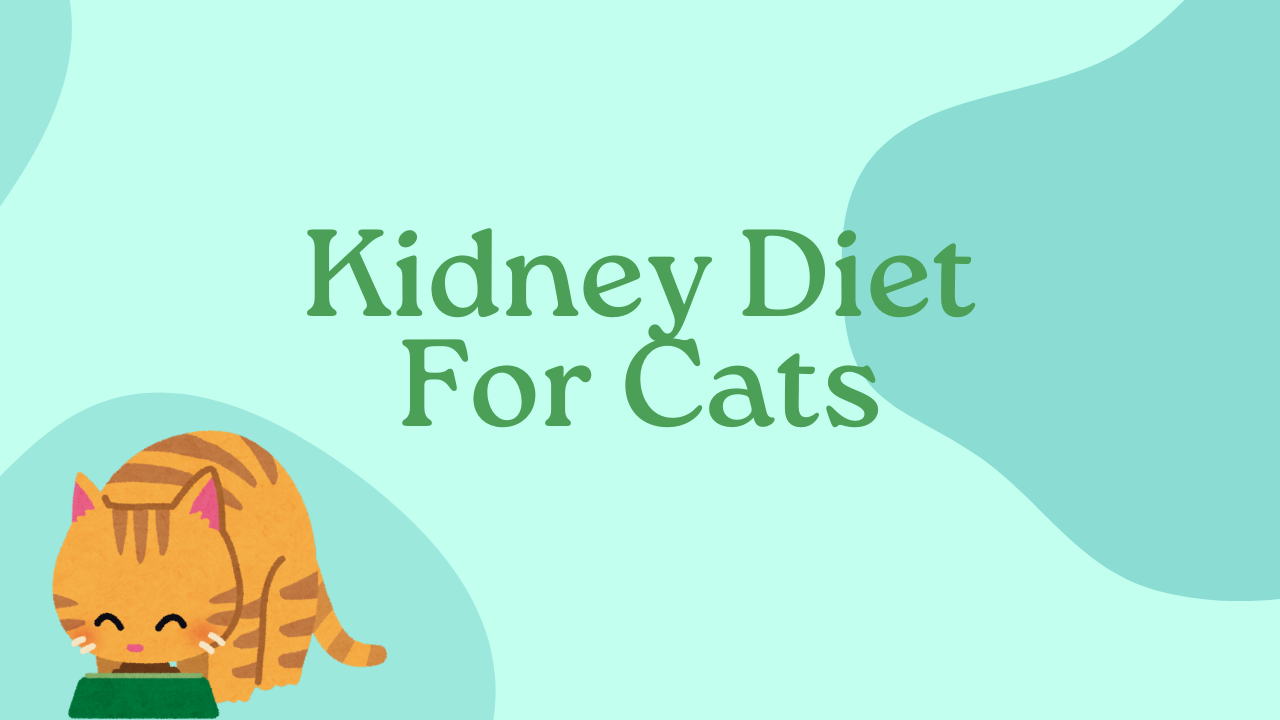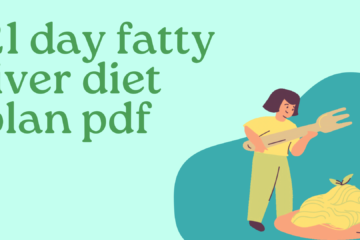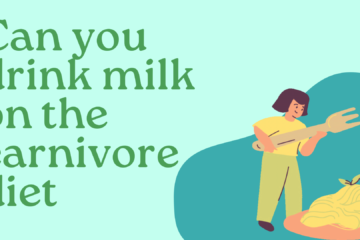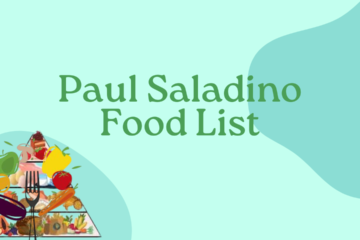First things first, if your cat has been diagnosed with kidney illness, take a deep breath. I understand how frightening it sounds. But here’s the thing: cats can benefit greatly from a healthy renal diet. I mean it. It can help control symptoms, slow down the disease’s progression, and even improve your pet’s general health. Furthermore, not all of the information available feels feasible or makes sense. Let’s dissect it in a way that isn’t overly scientific but is still beneficial for everyday cat owners like you and me.
What is Kidney Disease in Cats, Anyway?
Let’s get started right away. If your cat has kidney disease, their kidneys aren’t doing a good job of filtering waste from their blood. This condition is also known as chronic kidney disease, or CKD, if we’re being official. The accumulation of that garbage might cause your cat to become exhausted, urinate excessively, drink excessively, or even miss meals.
Although illness can occur at any age, CKD is more common in older cats. It may be inherited, the result of prior infections, or caused by other factors including pollutants. The worst part is that kidney damage is irreversible once it occurs. This is why it’s so crucial that cats eat a healthy renal diet. Although it doesn’t treat it, it does help the kidneys and make life better.
So What’s a Kidney Diet for Cats All About?
Let’s get into the meat (or… the low-protein kibble?) of it.
Cats with kidney issues need very specific nutrition. This isn’t the time to just grab the cheapest cat food off the shelf and call it a day. Here’s what makes a kidney-friendly diet special:
1. Low Phosphorus
High phosphorus levels can make kidney disease worse. Foods for kidney cats usually have restricted phosphorus, which helps protect the kidneys from further damage.
2. Moderate-to-Low Protein
Wait, but cats are carnivores, right? Yes, absolutely. But in kidney disease, too much protein can lead to more waste the kidneys can’t handle. So, the trick is giving high-quality, easy-to-digest protein in smaller amounts. You’re not cutting protein out completely—just managing it smartly.
3. More Moisture, Please
Cats with kidney issues tend to get dehydrated. Wet food (or even homemade broths, if you’re up for it) helps big time. Extra water means less strain on those overworked kidneys.
4. Omega-3 Fatty Acids
Fish oil or omega-3 supplements help reduce inflammation and can actually slow kidney disease progression. Plus, they make the food taste better (and we all know cats can be picky little divas).
5. Extra Calories, Less Work
Cats with CKD might lose weight, so their food needs to be calorie-dense—but still easy to digest. You want them to eat more, not less.
Should You Buy Prescription Kidney Food?
So here’s the tea. Vets will often recommend prescription kidney diets like Hill’s k/d, Royal Canin Renal Support, or Purina NF. These are scientifically formulated to support kidney function and have all the nutrient tweaks we just talked about.
But some cats (okay, most cats) turn their nose up at these. They smell it, judge you silently, and walk away. Rude.
If your cat won’t touch the prescription stuff, don’t freak out. You can try a few tricks:
- Mix it slowly with their old food
- Warm it up a little (releases aroma)
- Add a tiny bit of tuna juice (just a bit!)
- Try other flavors or brands—sometimes it’s just the texture they hate
Homemade Kidney Diets
Look, I know some people swear by homemade meals. And yes, it can be a great option—but only if you’re working with a vet or veterinary nutritionist. This isn’t a DIY project you want to mess up.
You’ll need to balance phosphorus, protein, calcium, potassium… it’s like being a chemist in your own kitchen. Some common ingredients include:
- Egg whites (high-quality protein, low phosphorus)
- White rice
- Chicken breast (boiled)
- Pumpkin (for fiber)
- Omega-3 fish oils
But again, please don’t just go rogue with a Pinterest recipe. Get that expert advice. Otherwise, you might do more harm than good.
Bonus Tips for Feeding a Cat with Kidney Disease
Here’s a few quick tips that might save your sanity:
- Small, frequent meals: It’s easier on their tummy and encourages eating
- Switch bowls: Some cats get weird about metal or plastic; try ceramic
- Hydration hacks: Try a cat water fountain—some cats LOVE moving water
- Vet check-ins: Monitor weight, appetite, and blood levels regularly
What If My Cat Just Won’t Eat?
Unfortunately, appetite loss is common in kidney cats. If nothing’s working, your vet might prescribe appetite stimulants or even fluids under the skin (I know, sounds scary, but you get used to it).
The goal is to keep them eating. A not-perfect food is still better than no food at all. So if they’ll only eat tuna and baby food today? Go for it. Then try again with better options tomorrow.
Final Thoughts
Each cat is unique. What is successful for one person may be a complete failure for another. The good news? You have choices. You can definitely discover a diet that works, whether it’s a prescription diet, a handmade meal plan recommended by a veterinarian, or a clever little trick (like tuna juice!).
Just bear in mind that one of the most crucial resources you have to ensure your kitty companion remains content, cozy, and purring for many years to come is a kidney diet.




